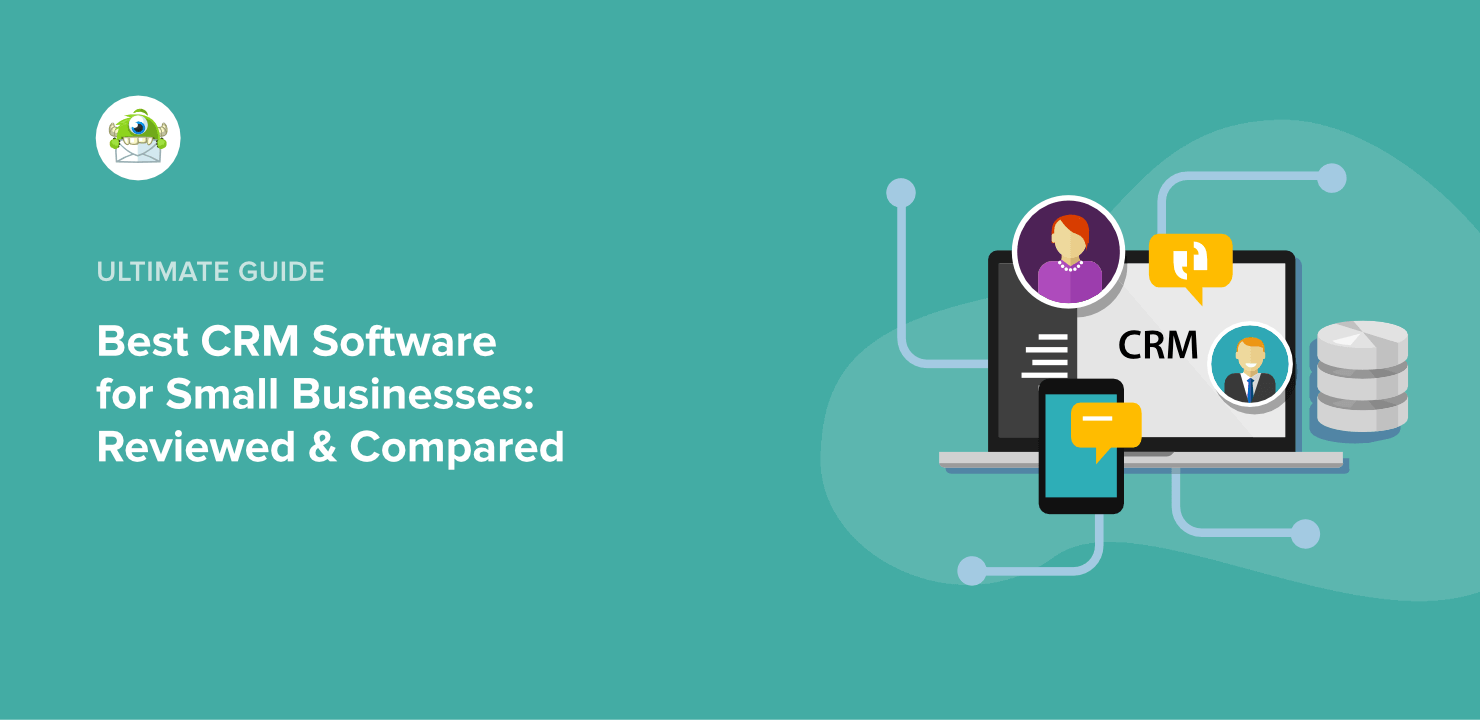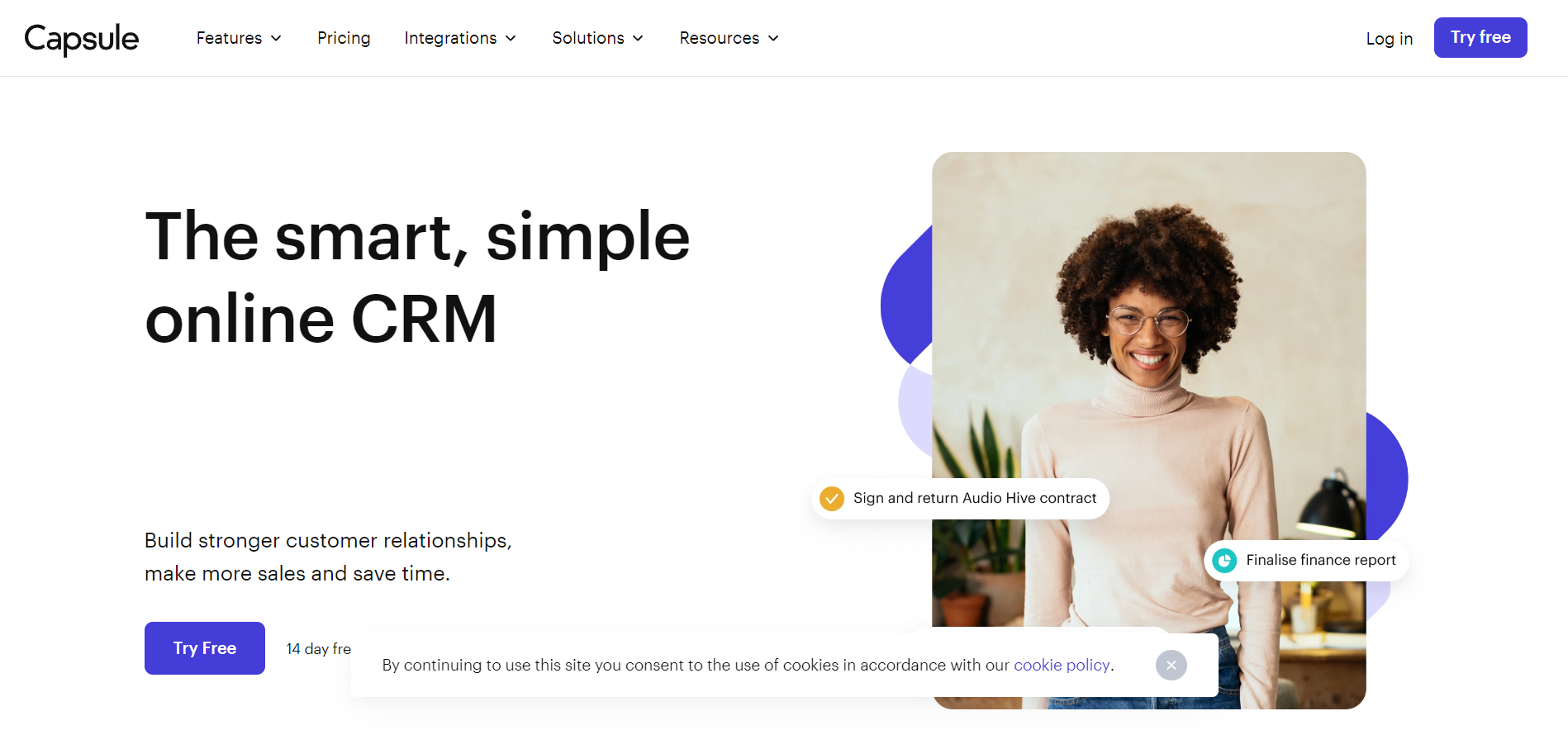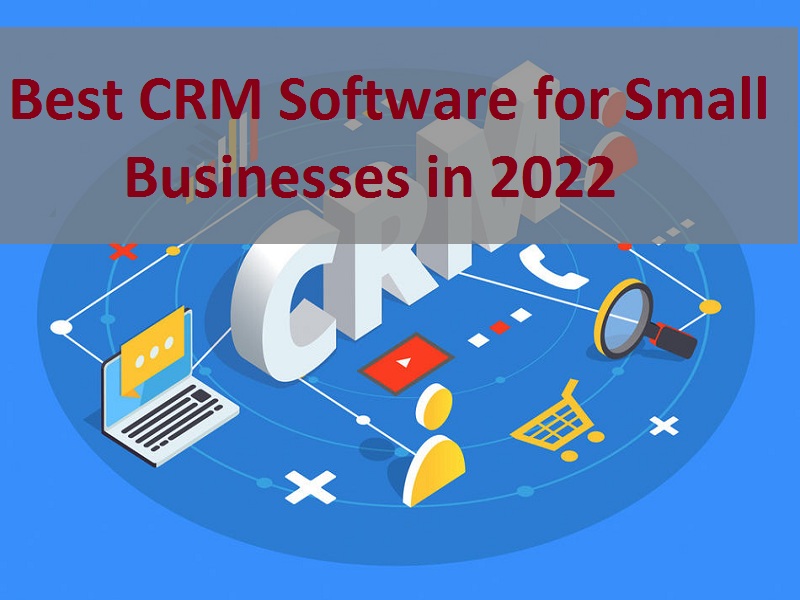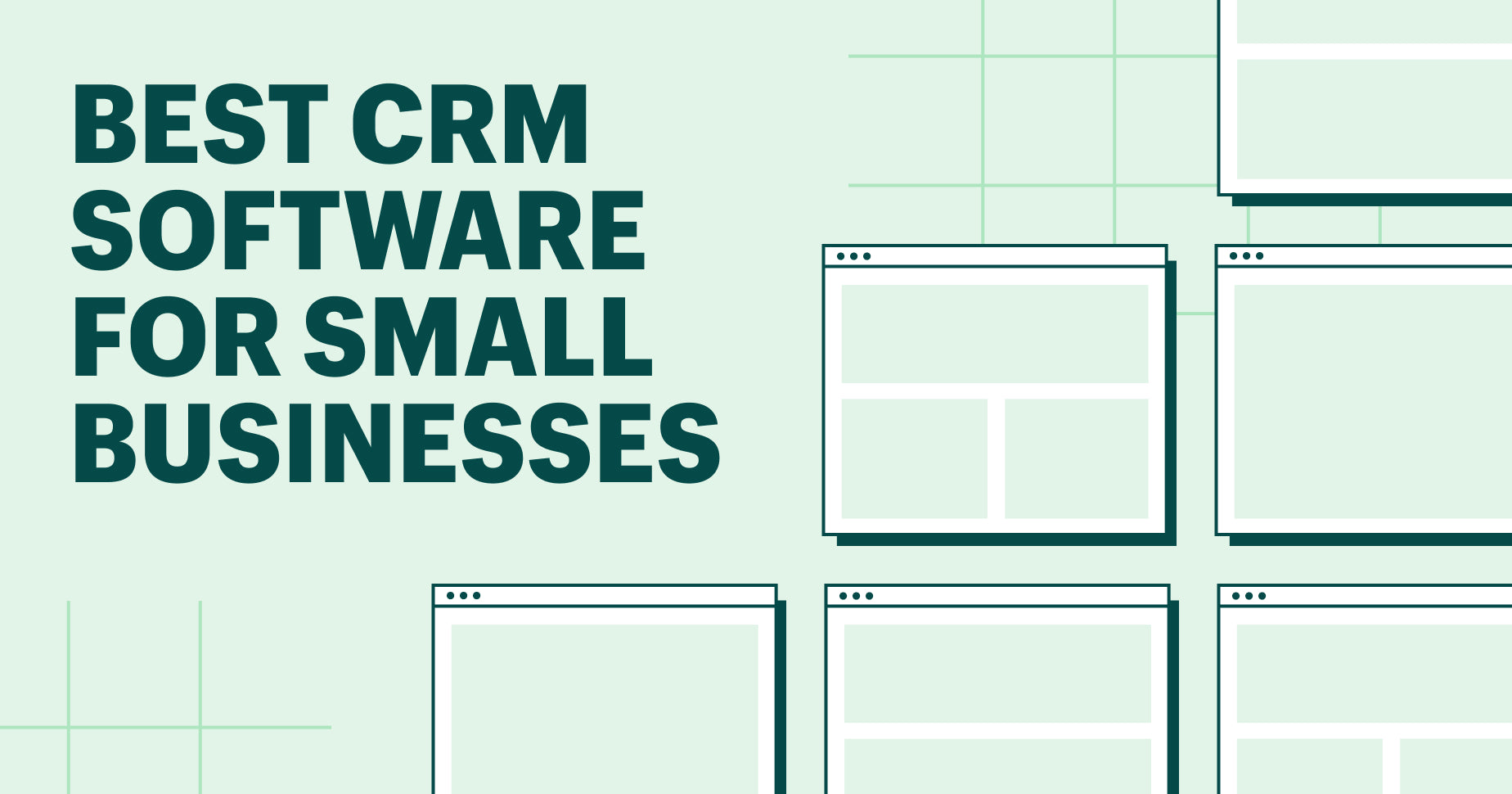Supercharge Your Marketing: CRM & Chatbot Integration for Unprecedented Growth

Supercharge Your Marketing: CRM & Chatbot Integration for Unprecedented Growth
In today’s fast-paced digital landscape, businesses are constantly seeking innovative ways to connect with their customers, streamline operations, and boost their bottom line. One of the most powerful combinations emerging in the marketing world is the integration of Customer Relationship Management (CRM) systems with chatbot technology. This synergy allows businesses to create personalized customer experiences, automate tasks, and gain valuable insights into customer behavior. This article delves into the intricacies of CRM and chatbot integration, exploring its benefits, implementation strategies, and real-world applications. We’ll uncover how this dynamic duo can revolutionize your marketing efforts and propel your business toward unprecedented growth.
Understanding the Power of CRM and Chatbots
Before diving into the integration process, let’s establish a clear understanding of each technology’s individual strengths. A CRM system serves as the central hub for all customer-related information. It stores data such as contact details, purchase history, communication logs, and more. This comprehensive view of each customer empowers businesses to personalize interactions, target marketing campaigns, and improve overall customer satisfaction. Popular CRM platforms include Salesforce, HubSpot, Zoho CRM, and Microsoft Dynamics 365.
Chatbots, on the other hand, are AI-powered conversational interfaces that can interact with customers in real-time. They can answer frequently asked questions, provide product information, guide users through the sales process, and even collect leads. Chatbots are available 24/7, providing instant support and freeing up human agents to handle more complex issues. They are typically deployed on websites, messaging apps (like Facebook Messenger and WhatsApp), and other communication channels. The best chatbot platforms include ManyChat, Chatfuel, and Dialogflow.
When these two technologies are integrated, the possibilities are endless. Imagine a scenario where a customer visits your website and initiates a chat with your chatbot. The chatbot can instantly access the customer’s information from your CRM system, allowing it to greet the customer by name, understand their past interactions, and provide tailored recommendations. This level of personalization fosters a sense of connection and demonstrates that you value each customer’s individual needs.
The Benefits of CRM and Chatbot Integration
The advantages of integrating CRM and chatbots are numerous and far-reaching. Here are some of the key benefits:
- Enhanced Customer Experience: Personalized interactions, instant support, and proactive engagement create a superior customer experience, leading to increased satisfaction and loyalty.
- Improved Lead Generation: Chatbots can qualify leads, capture contact information, and schedule appointments directly within the chat interface, streamlining the lead generation process.
- Increased Sales Conversion: Chatbots can guide potential customers through the sales funnel, answer their questions, and provide product recommendations, ultimately driving more sales.
- Reduced Operational Costs: Automation of routine tasks, such as answering FAQs and providing basic support, frees up human agents to handle more complex issues, reducing labor costs.
- Data-Driven Insights: Integration allows you to track customer interactions, gather valuable data, and analyze customer behavior, providing insights to optimize marketing strategies and improve customer service.
- 24/7 Availability: Chatbots are available around the clock, ensuring that customers can receive support and information whenever they need it, regardless of time zone or business hours.
- Improved Agent Productivity: Chatbots can handle the initial stages of customer interactions, gather information, and route complex issues to the appropriate human agents, improving their efficiency.
Key Features of a Successful CRM and Chatbot Integration
To maximize the effectiveness of your CRM and chatbot integration, consider these essential features:
- Data Synchronization: Seamlessly synchronize customer data between your CRM and chatbot platforms to ensure that both systems have the most up-to-date information.
- Personalized Greetings and Interactions: Greet customers by name, access their purchase history, and tailor your chatbot’s responses based on their individual needs and preferences.
- Lead Qualification and Capture: Implement chatbot workflows to qualify leads, capture their contact information, and automatically add them to your CRM.
- Appointment Scheduling: Allow customers to schedule appointments directly through the chatbot, eliminating the need for phone calls or emails.
- Order Tracking and Support: Enable customers to track their orders, access support documentation, and resolve common issues through the chatbot.
- Reporting and Analytics: Track key metrics, such as chatbot conversation volume, lead generation, and customer satisfaction, to measure the success of your integration and identify areas for improvement.
- Seamless Handoff to Human Agents: When a customer’s issue requires human intervention, ensure a smooth handoff to a live agent, with all relevant customer information readily available.
Step-by-Step Guide to Integrating Your CRM and Chatbot
The integration process can vary depending on the specific CRM and chatbot platforms you are using. However, here’s a general outline of the steps involved:
- Choose Your Platforms: Select the CRM and chatbot platforms that best meet your business needs. Consider factors such as features, pricing, ease of use, and integration capabilities.
- Identify Integration Methods: Determine the best integration method for your chosen platforms. This may involve using built-in integrations, third-party connectors, or custom API development.
- Set Up Your Chatbot: Design and configure your chatbot’s workflows, including greetings, question-and-answer flows, lead capture forms, and appointment scheduling features.
- Connect Your CRM: Connect your chatbot to your CRM system, either through a built-in integration or via an API. This will allow the chatbot to access and update customer data.
- Test Your Integration: Thoroughly test your integration to ensure that data is syncing correctly, that chatbot interactions are personalized, and that all features are functioning as expected.
- Train Your Team: Provide training to your marketing and customer service teams on how to use the integrated system effectively.
- Monitor and Optimize: Continuously monitor the performance of your integration, track key metrics, and make adjustments as needed to improve its effectiveness.
Choosing the Right CRM and Chatbot Platforms
Selecting the right platforms is crucial for a successful integration. Here’s a look at some popular options:
CRM Platforms:
- Salesforce: A leading CRM platform offering a comprehensive suite of features for sales, marketing, and customer service. It’s a robust and scalable option, ideal for large businesses.
- HubSpot CRM: A free CRM platform that’s easy to use and ideal for small and medium-sized businesses (SMBs). It offers a range of marketing, sales, and customer service tools.
- Zoho CRM: A versatile CRM platform that offers a wide range of features and integrations, catering to businesses of all sizes. It’s known for its affordability and ease of use.
- Microsoft Dynamics 365: A comprehensive CRM platform that integrates seamlessly with other Microsoft products. It’s a good choice for businesses that are already invested in the Microsoft ecosystem.
Chatbot Platforms:
- ManyChat: A popular chatbot platform designed for Facebook Messenger and Instagram. It’s known for its ease of use and powerful automation features.
- Chatfuel: Another user-friendly chatbot platform that supports Facebook Messenger, Instagram, and other channels. It offers a drag-and-drop interface and a wide range of integrations.
- Dialogflow: A Google-owned chatbot platform that’s ideal for building conversational interfaces for websites, mobile apps, and other platforms. It’s known for its natural language processing capabilities.
- Intercom: A customer communication platform that offers both live chat and chatbot functionality. It’s a good choice for businesses that want to provide comprehensive customer support.
Real-World Examples of CRM and Chatbot Integration
Let’s explore some real-world examples of how businesses are leveraging CRM and chatbot integration to achieve remarkable results:
- E-commerce: An online retailer integrates its CRM with a chatbot to provide personalized product recommendations, answer customer questions about shipping and returns, and guide customers through the checkout process. This leads to increased sales and improved customer satisfaction.
- Healthcare: A healthcare provider uses a chatbot integrated with its CRM to schedule appointments, answer patient inquiries about insurance coverage, and provide general health information. This streamlines operations and improves patient access to care.
- Real Estate: A real estate agency uses a chatbot integrated with its CRM to qualify leads, provide property information, and schedule property viewings. This helps agents focus on high-potential leads and close more deals.
- Financial Services: A bank uses a chatbot integrated with its CRM to answer customer questions about account balances, transaction history, and loan applications. This provides instant support and reduces the workload on customer service representatives.
- Education: A university uses a chatbot integrated with its CRM to answer prospective students’ questions about programs, admission requirements, and financial aid. This improves the student recruitment process and provides a better experience for prospective students.
Best Practices for Successful Integration
To maximize the benefits of CRM and chatbot integration, consider these best practices:
- Define Clear Goals: Before you begin, clearly define your goals for the integration. What do you hope to achieve? What problems are you trying to solve?
- Map Your Customer Journey: Understand your customer’s journey and identify the touchpoints where a chatbot can provide the most value.
- Personalize Your Chatbot’s Interactions: Use customer data from your CRM to personalize your chatbot’s responses and provide tailored recommendations.
- Provide Seamless Handoffs to Human Agents: Ensure that customers can easily connect with a live agent when they need more complex support.
- Continuously Monitor and Optimize: Track key metrics, such as conversation volume, lead generation, and customer satisfaction, and make adjustments to your chatbot’s workflows as needed.
- Prioritize Data Security: Implement robust security measures to protect customer data and comply with privacy regulations.
- Test Thoroughly: Before launching your integrated system, thoroughly test all features and functionalities to ensure that everything is working as expected.
- Keep it Simple: Don’t try to do too much too soon. Start with a simple integration and gradually add more features as you gain experience.
- Train Your Team: Make sure your team is well-trained on the integrated system and understand how to use it effectively.
- Stay Updated: The CRM and chatbot landscape is constantly evolving. Stay informed about the latest trends and technologies to ensure that your integration remains effective.
The Future of CRM and Chatbot Integration
The future of CRM and chatbot integration is bright. As artificial intelligence and machine learning continue to advance, we can expect to see even more sophisticated and powerful integrations. Here are some trends to watch:
- AI-Powered Personalization: Chatbots will become even more adept at personalizing interactions based on customer data and behavior.
- Proactive Engagement: Chatbots will proactively engage with customers, offering assistance and recommendations based on their needs.
- Integration with More Channels: Chatbots will be integrated with an even wider range of communication channels, including voice assistants, social media platforms, and messaging apps.
- Advanced Analytics and Reporting: Businesses will gain deeper insights into customer behavior and the effectiveness of their marketing efforts through advanced analytics and reporting.
- Increased Automation: More tasks will be automated, freeing up human agents to focus on more complex issues.
The combination of CRM and chatbot technology is a game-changer for businesses looking to enhance customer experiences, streamline operations, and drive growth. By carefully planning and implementing your integration, you can unlock the full potential of these powerful tools and create a more efficient, customer-centric marketing strategy. Embrace the power of integration, and watch your business thrive!
Troubleshooting Common Integration Issues
Even with careful planning, you might encounter some issues during the integration process. Here are some common problems and their solutions:
- Data Synchronization Errors: Ensure that data fields are mapped correctly between your CRM and chatbot platforms. Double-check the API connections and review logs for any errors.
- Chatbot Response Issues: Review your chatbot’s conversation flows and ensure that responses are accurate and relevant to the customer’s queries. Test different scenarios and adjust the responses as needed.
- Slow Response Times: Optimize your chatbot’s performance by ensuring that your servers and API connections are running efficiently. Consider caching frequently accessed data to reduce response times.
- Security Concerns: Implement robust security measures to protect customer data. Use encryption and access controls to prevent unauthorized access.
- Integration Conflicts: If you are using multiple integrations, conflicts can occur. Carefully review your integrations and ensure that they do not interfere with each other.
Conclusion: Embrace the Synergy
CRM and chatbot integration is not just a trend; it’s a fundamental shift in how businesses interact with their customers. By embracing this synergy, you can create a more personalized, efficient, and effective marketing strategy. The ability to understand customer needs, automate tasks, and provide instant support is crucial in today’s competitive landscape. From lead generation to customer service, the possibilities are vast. Take the time to understand your customers, choose the right platforms, and build an integration that will propel your business forward. The future of marketing is here, and it’s powered by CRM and chatbots.




